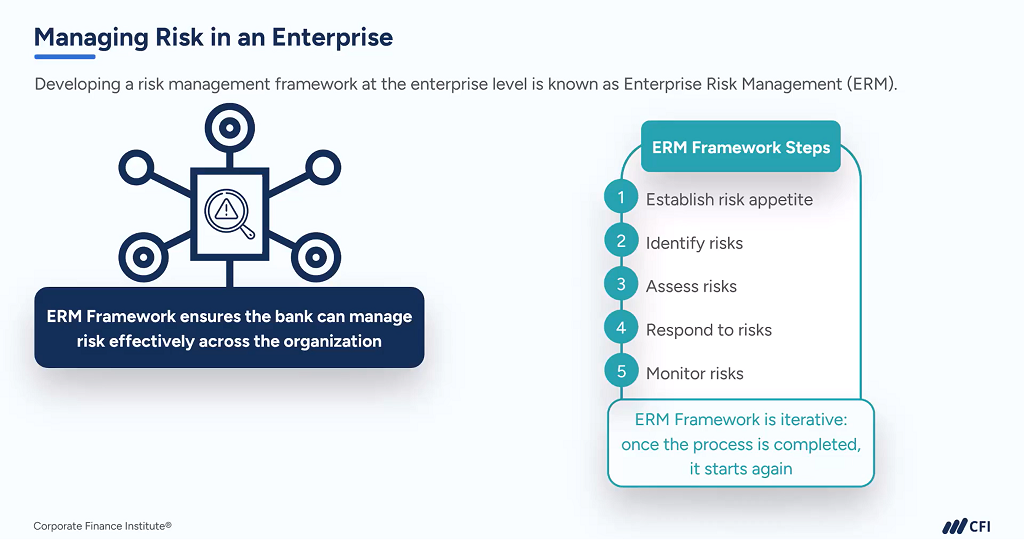The Tactical Importance of Risk Management in Building Business Advantage
The Tactical Importance of Risk Management in Building Business Advantage
Blog Article
The Importance of Recognizing the Importance of Risk Management in Different Industries

The Core Idea of Risk Management and Its Objective
Risk Management, the foundation of many sectors, pivots on the recognition, analysis, and mitigation of uncertainties in a company atmosphere. By appropriately recognizing prospective threats, companies can create methods to either avoid these dangers from happening or decrease their influence. As soon as risks have actually been determined and examined, the reduction process involves developing approaches to minimize their potential effect.
Advantages of Implementing Risk Management in Company Procedures

Introducing the Role of Risk Management in Different Industries
While every market confronts its distinct collection of risks, the application of Risk Management methods continues to be a common measure in their quest of sustainability and development. In the health care industry, Risk Management requires ensuring patient safety and data security, while in money, it entails mitigating investment threats and making sure governing compliance (importance of risk management). Building firms concentrate on worker security, job hold-ups, and budget overruns. In the innovation sector, companies mitigate cybersecurity hazards and technology obsolescence. Inevitably, the function of Risk Management throughout sectors is to recognize, analyze, and minimize threats. It is a necessary part of strategic planning, making it possible for organizations to shield their assets, make best use of chances, and attain their goals.
Real-life Study Showing Successful Risk Management
To understand the value of Risk Management in these several fields, one can look to a number of real-life instances that illustrate the successful application of these actions. Toyota, publish the 2011 earthquake in Japan, modified its supply chain Management to minimize disturbance risks. These cases show just how markets, finding out Full Report from situations, successfully used Risk Management methods to lower future dangers.
Future Fads and Developments in Risk Management Methods
Cybersecurity, as soon as an outer concern, has actually catapulted to the forefront of Risk Management, with approaches focusing on avoidance, discovery, and response. The integration of ESG (Environmental, Social, Governance) variables into Risk Management is an additional growing pattern, showing the increasing recognition of the function that social and environmental risks play in organization sustainability. Therefore, the future of Risk Management exists in the blend of advanced modern technology, cutting-edge strategies, and an alternative technique.
Conclusion
In conclusion, comprehending the significance of Risk Management across a range of industries is critical for their longevity and success. Eventually, successful Risk Management adds to more lasting and resilient services, highlighting the relevance of this practice in today's very affordable and look at this now dynamic organization environment.
While every sector faces its special set of risks, the application of Risk Management techniques stays a typical denominator in their quest of sustainability and development. In the healthcare sector, Risk Management entails guaranteeing patient safety and security and data security, while in financing, it entails mitigating investment dangers and making certain regulatory conformity. Ultimately, the role of Risk Management throughout sectors is to identify, analyze, and minimize threats. These cases demonstrate how industries, discovering from dilemmas, effectively used Risk read Management techniques to reduce future risks.
Report this page